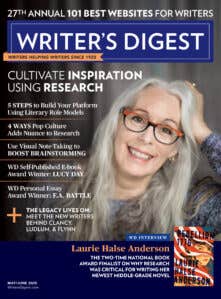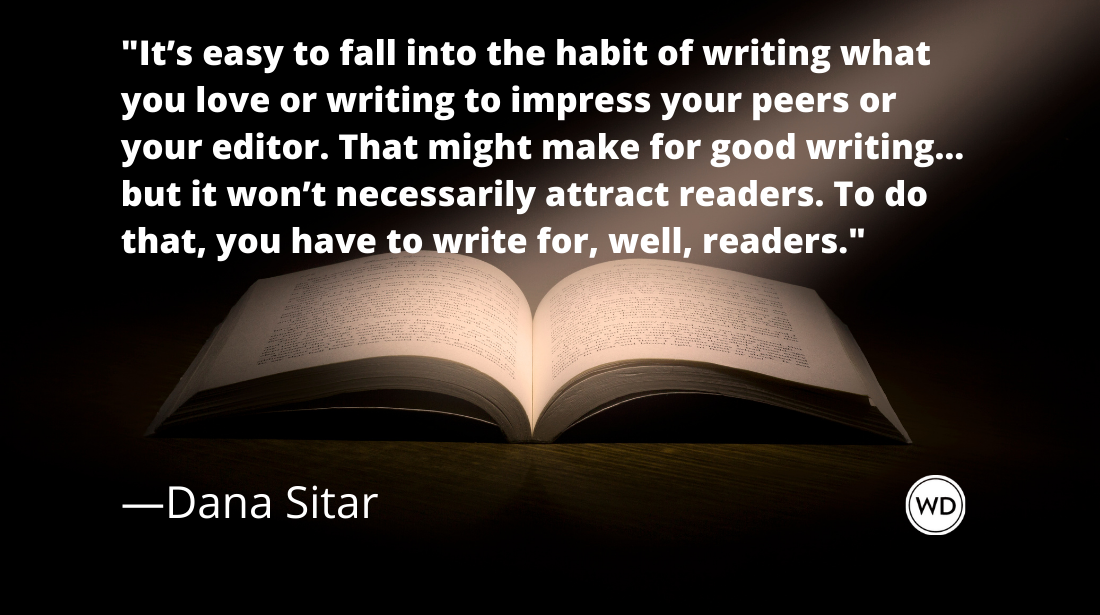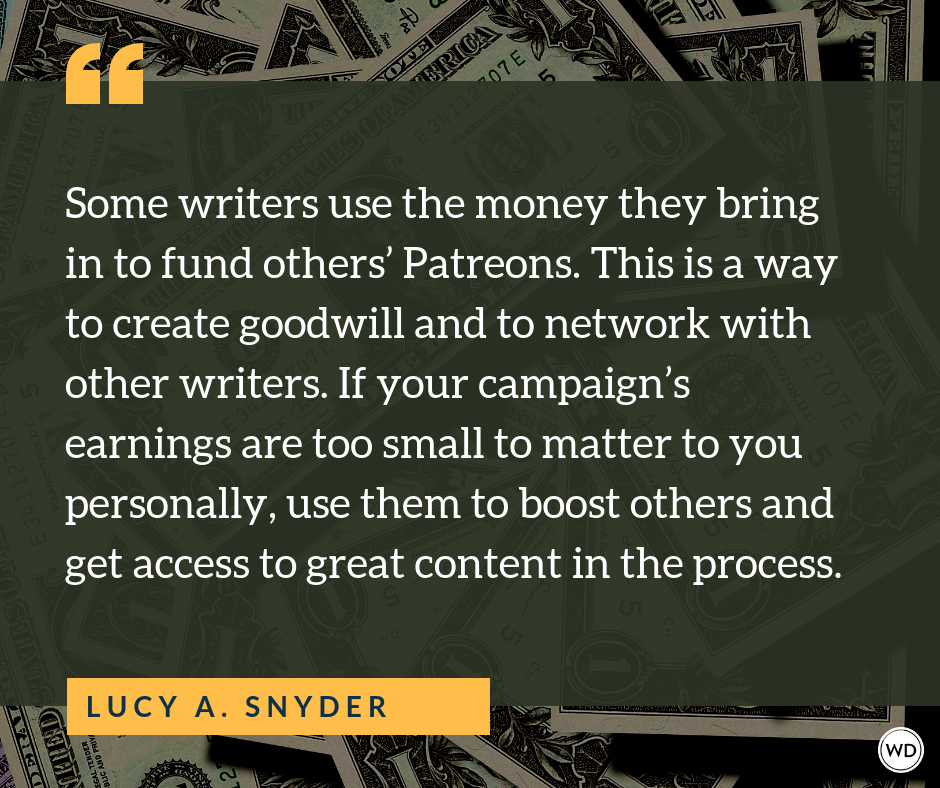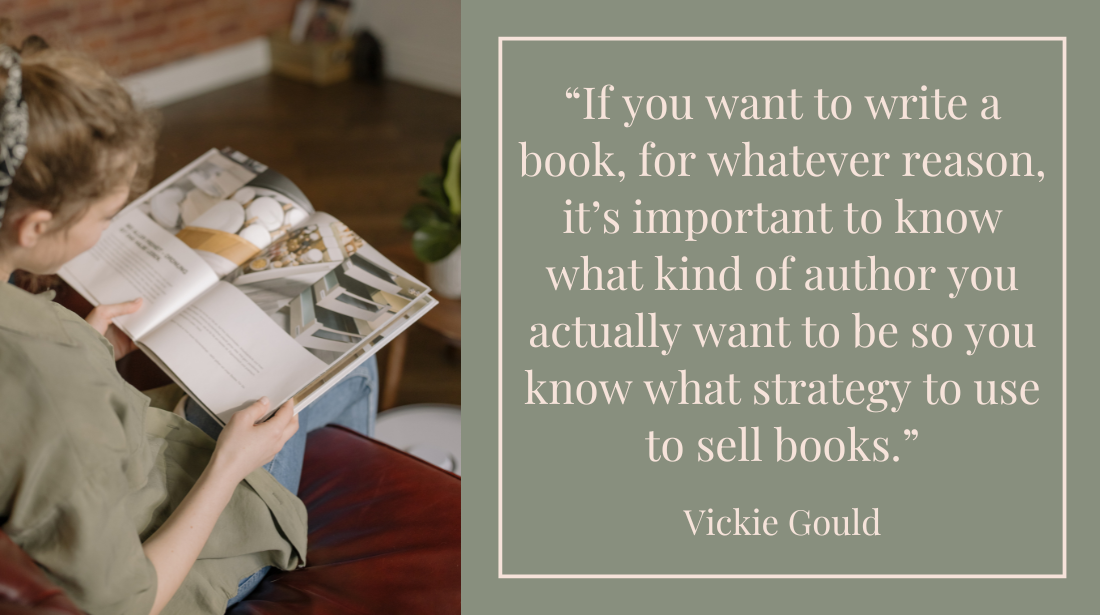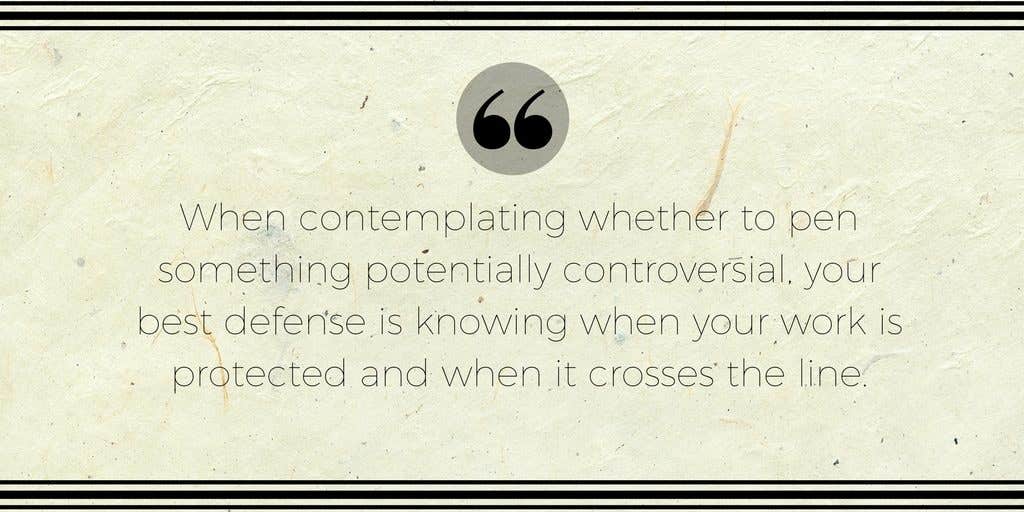Get Your Facts Straight
Endear yourself to editors by making your articles ruthlessly accurate. Here’s an insider’s guide to blazing through the fact-checking process.
Experts say that most magazine writers submit drafts containing errors.
That sentence includes at least three black holes that drive fact checkers crazy: Mentioning unnamed experts, using ``most'' rather than an actual percentage and leaving out specifics on what types of errors.
``You know there'll be nothing decent in the backup,'' says Mark Amundsen, senior research editor for Parents. ``Assumptions are being made. Who are these experts? Why do they say such things? This is laziness, and it's intolerable to the fact checker. If it's something that's supposed to be general knowledge, why bring these unknown experts into it at all?''
Freelance writers not accustomed to rigorous fact-checking may be in for a rude awakening when entering the national market. Compared to local, regional and even some national trade publications, big-name media outlets have much more at stake—just ask the folks at The New York Times.
``Writers who get a bad reputation for factual errors aren't asked to write for us again,'' Amundsen says. ``Magazine publishing is like a small town, in that a bad reputation can easily follow you to other publications. Fortunately, so can a good one.''
If you want to write a good story and, ultimately, sail through fact-checking, document everything as you go.
Understanding the process
Despite handling as many as 700 stories each year, fact checkers take only a few days to a couple of weeks to process drafts. Rather than making changes directly, they most often add notes for editors on what they've found. Sometimes that may spur a discussion on judgment calls—like changing the colloquial Grand Central Station to the correct Grand Central Terminal or considering a counterpoint where someone might quibble with a conclusion the writer drew.
Generally, fact-checking starts after writers and assigning editors get content nailed down. Researchers check data, facts, quotes, proper names, assumptions and characterizations for accuracy. They turn to the materials writers submit, as well as other sources for verification.
Well-documented sources, such as interview tapes, make confirming a quote and its context easy. If the writer has tapes, transcripts or notes of the quotes, then the fact checkers don't need to double-check that, explains John Mitchell, a reporter in the reporting and research department at Reader's Digest. The tapes stand as verification, so fact checkers don't need to waste time calling the source again.
When researchers must call to verify a quote, they're often asked, ``Will I get to see the story before it runs?'' Researchers rarely allow full stories or verbatim quotes out for review. ``While we want everyone to be happy with their quotes, we don't want people to start rewriting,'' Amundsen says. Exceptions to this rule are cases involving medical or scientific information. ``When it's a matter of misrepresenting research, or worse, releasing incorrect medical advice, extremism in accuracy is no vice,'' he explains.
Fact checkers certainly rely on materials submitted by the writer, but experience also plays a big role. ``The thing about fact-checking is—as they used to say about the game Othello—it takes a minute to learn and a lifetime to master,'' Amundsen says.
Avoiding common errors
The good news is that most boo-boos uncovered during fact-checking aren't big ones. Misspelled names, transposed numbers and mislabeled trademarks easily crop up. ``These aren't things that will cause the earth to stop,'' Mitchell says. ``It's simply that, in general, we prefer to be right rather than wrong.''
If you document everything in your article, your piece will fly through the fact-checking process. ``Know how to put your finger on it,'' Mitchell says. ``We don't want to create an entire second job for the writer after the article is written, to go back and re-create documentation for fact-checking.''
To make life easier on yourself (and fact checkers), follow these accuracy tips:
• Double-check everything. ``It's often things the reporter knows so well that he doesn't double-check,'' Mitchell says. ``He's covered the beat so long, he assumes he knows all the details by heart.''
• Use multiple sources. Even if you rely on one key source, find another expert in the same field and confirm the validity of your information.
• Check secondary sources. Background reading often includes clippings from other newspapers or magazines. If you want to pull information you find, always check it with the original source first. ``Ninety percent of what The New York Times runs is accurate,'' Mitchell says, ``but they do run corrections. They do make mistakes. There's a small chance that the one fact you drew wasn't quite right.''
• Nix generalizations. Like the earlier quote about writers and error-filled drafts, don't hedge your bets with blasé statements. Either cut them out or find a source you can attribute.
• Be careful with research. ``Reading professional journals, such as Pediatrics or JAMA, is difficult for the untrained—which includes me,'' Amundsen says. ``That's why I go for help when necessary—it's easy to make serious mistakes.''
• Flag hostile witnesses. If investigative work uncovers less-than-willing subjects, be sure the research staff knows. Nothing's worse than calling to confirm something and finding an uncooperative source.
Submitting documentation
Submit copies—not originals—of all relevant sources with your draft. These include interview tapes, transcripts or verbatim notes; names, phone numbers, e-mail addresses and areas of expertise for all interviews; and published studies for all data, conclusions and recommendations.
``Try not to give the fact checker too much excess information,'' warns Ruth Manuel-Logan, research director at Woman's Day. ``It's so time-consuming to read through useless information that has nothing to do with the story.''
She recalls working with a health writer at another magazine who loved to turn in ``piles and piles of reading material.'' Such bombardment doesn't help.
If you pull one fact from a 500-page report, save everyone time and flag the right page. ``I could spend a couple of days sifting through tons of information that was totally irrelevant to her story,'' Manuel-Logan says. ``It's a total waste of my time but, most important, the magazine's time.''
Getting it right
Ultimately, accuracy boils down to turning in clean copy with documentation to back it up. Check your own pieces so you know your article could run as is—because it just might. Some magazines don't do a rigorous fact check and place the responsibility of accuracy on you. It's in your best interest to protect yourself by checking your own facts before you turn in a story.
But when fact checkers are involved, try not to think of them as the enemy, Mitchell says.
``We're not trying to catch writers in a mistake or lie. We're not looking for the next Stephen Glass,'' he adds. ``No actor is going to get famous playing the fact checker in a movie. We don't have any incentive to catch a writer doing something wrong. Our only incentive is to make sure it's correct.''
Become a Writer's Digest VIP:
Get a 1-year pass to WritersMarket.com, a 1-year subscription to Writer's Digest magazine and 10% off all WritersDigestShop.com orders!Click here to join.


